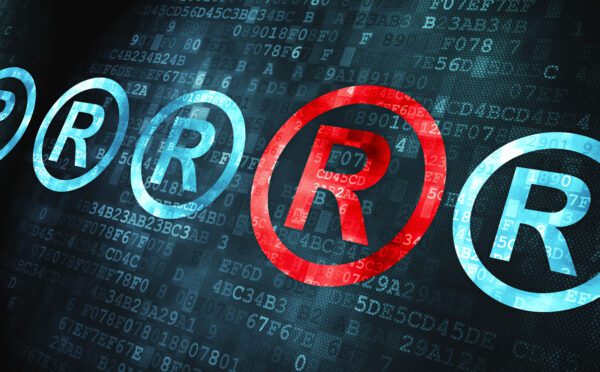Authors
Ottawa Managing Partner, Ottawa
Partner, Intellectual Property, Ottawa
On May 27, 2016, the Federal Court issued an order in Airbus Helicopters (formerly Eurocopter) v. Bell Helicopter Textron Canada Limitée [1] clarifying that each party in a proceeding is limited to calling no more than five expert witnesses without leave, regardless of whether the action proceeds in several phases or not. This ruling, which may still be appealed, may lower litigation costs in more complex proceedings, but it will require parties to select and marshal their expert evidence carefully.
In complicated patent litigation such as pharmaceutical cases, the number of expert witnesses a party may call to testify can have a material impact on the outcome of the proceeding. Section 7 of the Canada Evidence Act [2] limits each side in a “trial or proceeding” to calling no more than five experts as of right, without leave of the court to call additional witnesses. Section 7 is generally understood to foster access to justice by ensuring that the Court and the parties are not overwhelmed by expert testimony beyond what is proportional to the complexity and importance of the litigation.
The correct interpretation of section 7 in bifurcated actions has been debated. Bifurcated actions are those where the Court orders that a trial proceed on one set of issues (for example, liability – i.e. whether a valid patent has been infringed) before a second trial is held, if necessary, on a second set of issues (for example, the quantum of damages arising from the patent infringement). Bifurcation benefits the administration of justice because it avoids the Court having to hear the damages phase if liability is not established, and may encourage the parties to settle their dispute once a threshold issue has been resolved (for example, that a valid patent has been infringed or that a plaintiff is not entitled to punitive damages).
On May 27, 2016, on a motion in writing decided shortly before hearing the damages phase of a patent infringement action, the Federal Court held that each side in the proceeding was entitled to a total of five experts as of right for both the liability and the damages phases of the action.
The Background and the Decision
Airbus (then known as Eurocopter) had brought a patent infringement action against Bell, which was bifurcated into liability and damages phases in 2009. At the trial on the liability phase in 2011, relating to whether a valid patent had been infringed, Bell had called three experts to testify, but only after serving reports of four experts. At the conclusion of the liability phase, the Court held that Bell had infringed Airbus’ patent, and the Court awarded Airbus compensatory and punitive damages [3]. The quantum of damages was to be determined at a damages phase trial set to start on May 30, 2016.
In the damages phase of the action, Bell served four expert reports with the result that Bell would have relied upon a total of eight different experts between the two phases. Airbus objected to the number of expert witnesses as contrary to section 7 of the Canada Evidence Act. In response, Bell argued that section 7 allows five experts per “trial” or “proceeding,” and that each of the liability and damages phases constitutes a separate trial or proceeding for the purpose of this section.
The Court agreed with Airbus, and clarified that the Canada Evidence Act limits each side in a dispute to a maximum of five experts for all phases of the trial or proceeding; a party is not entitled to five experts per phase of a proceeding. The Court also confirmed that an expert is considered to have been called if his or her report is served, regardless of whether the expert in fact testifies at trial.
In the alternative, Bell requested leave to serve additional expert reports. The Federal Court granted leave for only one of Bell’s additional experts, leaving it to rely upon only two of its four experts a few days before the damages phase trial was to begin.
Bell’s predicament illustrates that the Court’s decision in Airbus is likely to have a material effect on all pending bifurcated cases, particularly those where parties have used most, if not all, of their “as of right” experts. More generally, the Court’s decision underscores the importance for counsel to plan very carefully what expert evidence will be required during the entire course of a Federal Court proceeding, and to seek leave early in the proceeding if it intends to rely upon more than five experts in total.
For more information about the Airbus case, or Canadian Federal Court and patent litigation, please contact J. Bradley White or Vincent M. de Grandpré.
[1] Airbus Helicopters (formerly Eurocopter) v Bell Helicopter Textron Canada Limitée, 2016 FC 590 (Martineau J.) [Airbus] available in current form [PDF]. In view of the time constraints under which it released this decision, the Court reserved its right to “correct clerical mistakes, errors or omissions” (para. 3). The decision also remains subject to appeal, although none appears to have been filed to date.
[2] Canada Evidence Act, R.S.C., 1985, c. C-5 at section 7.
[3] Eurocopter (Société Par Actions Simplifiée) v. Bell Helicopter Textron Canada Limitée, 2012 FC 113.

